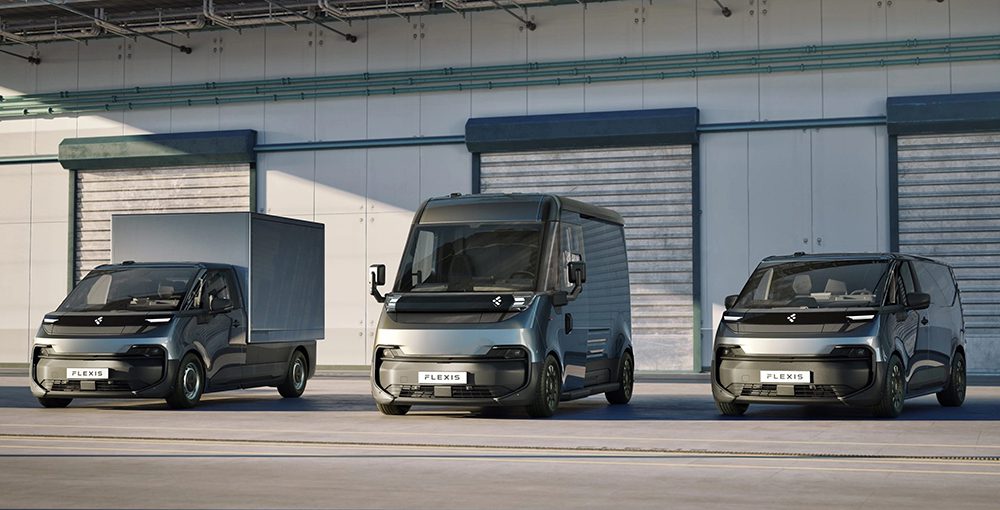Bidirectional charging technology (vehicle-to-grid or vehicle-to-building) has the potential to help reduce utility costs by using EV batteries to store energy and release it at times of peak consumption.
Now Nissan, in partnership with Fermata Energy, a vehicle-to-grid systems company, has launched a pilot program that uses LEAFs equipped with bidirectional charging capability to partially power the automaker’s North American headquarters in Franklin, Tennessee and its design center in San Diego.
The Nissan Energy Share pilot program will continuously monitor a building’s electrical loads, looking for opportunities to draw power from the LEAF’s battery during more expensive high-demand periods. This constant monitoring, called demand-charge management, could lower electricity costs for EV fleet operators, and reduce the burden of peak loads on local utilities.
Nissan has grand plans for an ecosystem called Nissan Energy, which will leverage bidirectional charging to provide benefits for vehicle owners and utility customers.
“As the only vehicle on the market utilizing bidirectional charging, the Nissan LEAF proves exceptionally useful while on the road and also while parked,” said Brian Maragno, Director, EV Sales and Marketing, Nissan North America. “As a pioneer in the EV space, we’re thrilled to continue to show new, meaningful technologies that leverage the LEAF’s growing capabilities.”
Source: Nissan




































































































































